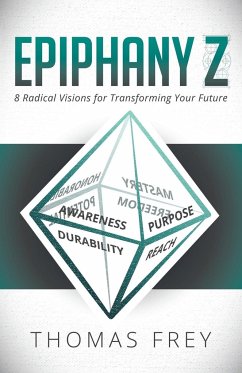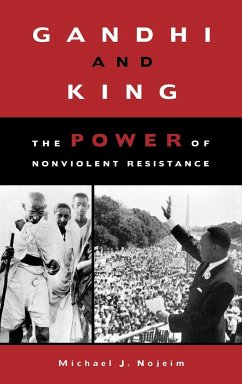
No COLORS
100 Ways To Stop Gangs From Taking Away Our Communities

PAYBACK Punkte
10 °P sammeln!
No Colors is a Warning No community wants to admit it has a gang problem. Yet that denial and the unwillingness to address youth violence as a community problem will have tragic consequences. If your community does not address the crisis, the epidemic of youth violence will erode your city or town with a potential that is both frightening and tragic. We cannot wait on government to solve this problem. We must approach the solution as a unified community. No COLORS is a story of hope. Many cities are winning this battle for the minds and hearts of our youth. No COLORS brings these success stori...
No Colors is a Warning No community wants to admit it has a gang problem. Yet that denial and the unwillingness to address youth violence as a community problem will have tragic consequences. If your community does not address the crisis, the epidemic of youth violence will erode your city or town with a potential that is both frightening and tragic. We cannot wait on government to solve this problem. We must approach the solution as a unified community. No COLORS is a story of hope. Many cities are winning this battle for the minds and hearts of our youth. No COLORS brings these success stories to you to help you shape your community's plan… Citizens and Community Leaders-Discover 100 benchmark ways to save our kids from gangs Educators and Parents-See how See how we can "gang proof" our schools and recognize early warning signs Law Enforcement-Broaden our role beyond punishment to rewarding interventions Church Communities-Learn from faith-based initiatives across America that are saving our youth No COLORS will move you to action Ultimately, No COLORS, and the significant research and effort on which it is based, represent the many voices and experiences-including the authors' own-that Ramey and Kipper have brought together to share with you. At the very least it will inform you. At best it will enlighten you. And if you are open to its compelling message, it will move you to action.














